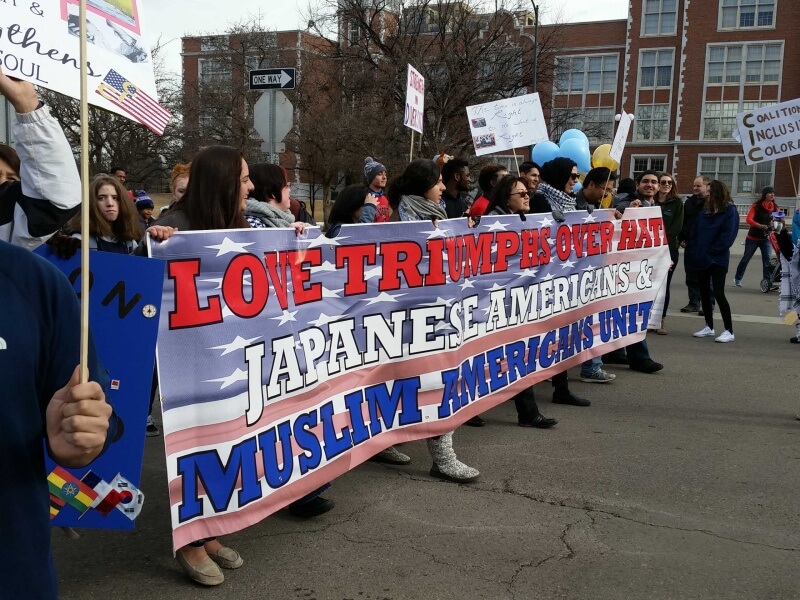 The slope just got a little slippery.
The slope just got a little slippery.
Carl Higbie, a former Navy SEAL who’s the spokesman for the Great America PAC supporting Donald Trump, was recently interviewed on Fox News’ “Kelly File.” The president-elect’s transition team is discussing plans for a registry for Muslim immigrants, he said, and there were historical precedents for such a registry including the imprisonment of Japanese in “internment camps.”
“We’ve done it with Iran back a while ago,” Higbie said, and continued, “we did it during World War II with the Japanese.”
What?
To her credit, Fox News anchor Megyn Kelly called out Higbie, exclaiming in no uncertain terms, “You can’t be citing Japanese internment camps as precedent for anything the president-elect is gonna do!”
This idea isn’t new. It bubbled up last fall during the campaign, when candidate Trump told a TV reporter he supported creating a registry for Muslims, as an addendum to his statement that he would ban immigration of all Muslims. It’s apparently now part of Trump’s plans for “extreme vetting.”
What’s next, requiring Muslims to have ID badges like Jews had to wear in Nazi Germany?
Would Muslims be imprisoned like the 120,000 people of Japanese descent who were incarcerated after President Franklin Roosevelt signed Executive Order 9066 on Feb. 19, 1942? That order allowed the U.S. Army to remove anyone of Japanese descent (half of the population was born in the U.S., so they were American citizens) from the West Coast and place them in prison camps surrounded by barbed wire and guard towers, for reasons of military security. Many of these families lost their homes and business and farms.
Continue reading











